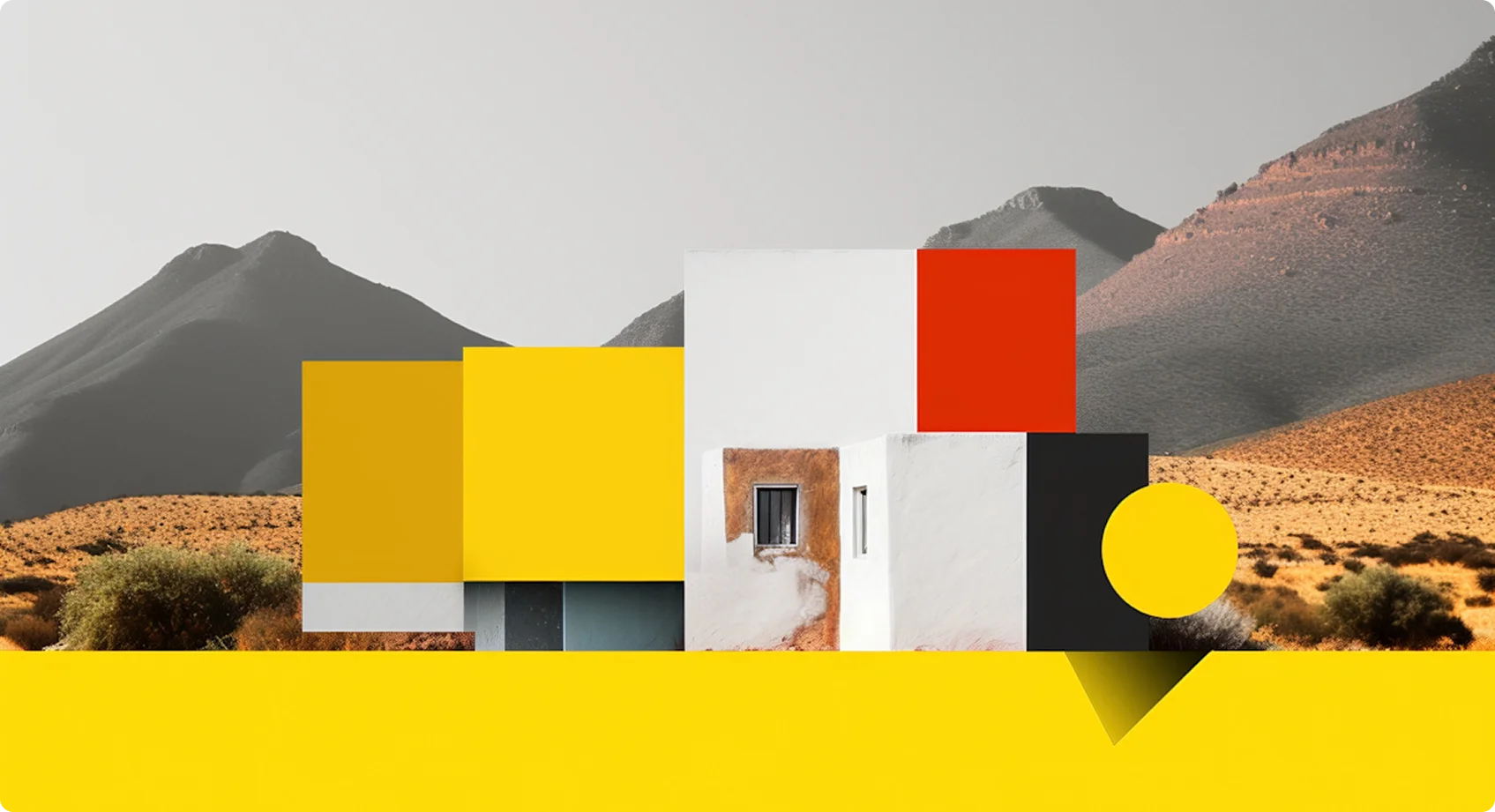5 Things I Learned Building a Fintech Dashboard in Webflow
Designing a fintech dashboard isn’t just about making things look sleek — it’s about balancing complex data, trust, and usability.

Introduction
Designing a fintech dashboard isn’t just about making things look sleek it’s about balancing complex data, trust, and usability. When I set out to build a full-featured fintech dashboard in Webflow, I knew it would be a challenge but the lessons I learned along the way made the process even more rewarding. Here are the 5 biggest takeaways from that experience. Creating a fintech dashboard involves more than just making it seem good; it also involves striking a balance between usability, trust, and sophisticated data. I knew it would be difficult when I started building a fully functional fintech dashboard in Webflow, but the knowledge I gained along the way made the task even more worthwhile. These are the five most important lessons learned from the encounter.
Clarity is Everything
Creating a fintech dashboard involves more than just making it seem good; it also involves striking a balance between usability, trust, and sophisticated data. I knew it would be difficult when I started building a fully functional fintech dashboard in Webflow, but the knowledge I gained along the way made the task even more worthwhile. These are the five most important lessons learned from the encounter. It also involves striking a balance between usability, trust, and sophisticated data. I knew it would be difficult when I started building a fully functional fintech dashboard in Webflow, but the knowledge I gained along the way made the task even more worthwhile. These are the five most important lessons learned from the encounter.
Micro-Interactions Build Trust
I added subtle button animations and hover states that made the dashboard feel "alive" without distracting the user. I used Webflow’s CMS to build dynamic collections for transactions, payment methods, and user alerts. It made updates scalable — clients can easily manage content without touching the design structure. I had to rethink table layouts, prioritize key info, and hide low-priority fields behind expandable sections.

Design Tokens Keep You Sane
Building a fintech dashboard stretched both my technical and creative muscles. It forced me to think about functionality first, aesthetics second — and how powerful Webflow can be when you push it beyond landing pages. If you’re diving into complex Webflow projects, remember: clarity, consistency, and CMS-first thinking are your best friends.
Conclusion
Building a fintech dashboard in Webflow taught me that great design is about more than just aesthetics it's about creating experiences that are intuitive, trustworthy, and scalable. From mastering CMS structures to designing responsive data layouts, every step pushed me to think more strategically. I added subtle button animations and hover states that made the dashboard feel "alive" without distracting the user. I used Webflow’s CMS to build dynamic collections for transactions, payment methods, and user alerts. It made updates scalable clients can easily manage content without touching the design structure. I had to rethink table layouts, prioritize key info, and hide low-priority fields behind expandable sections.
